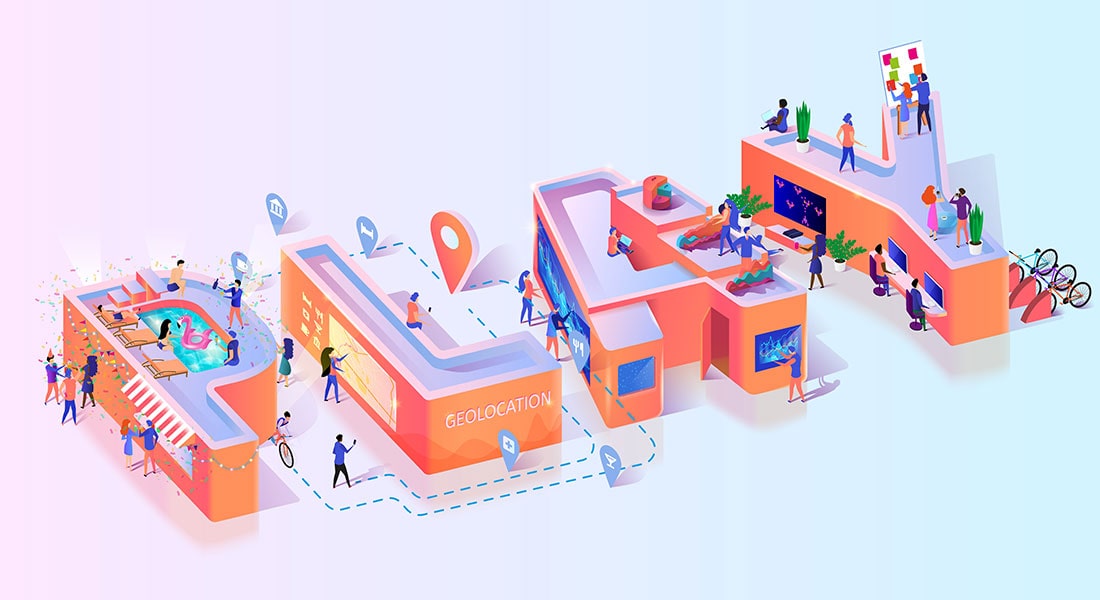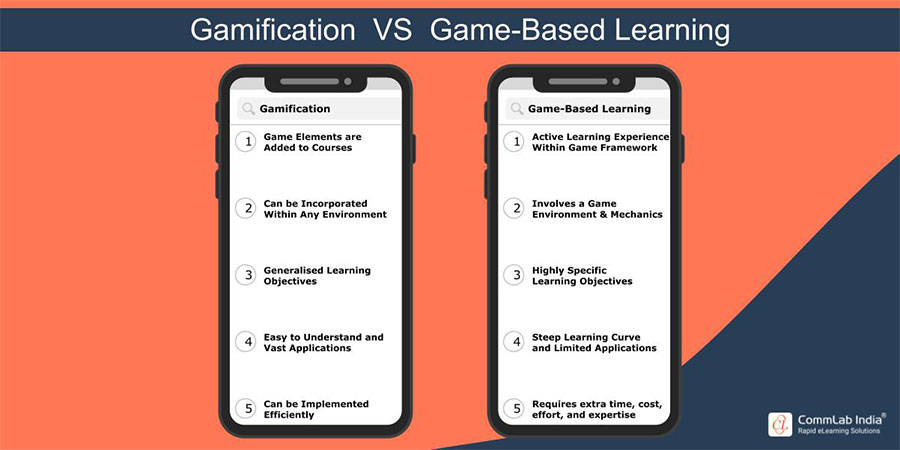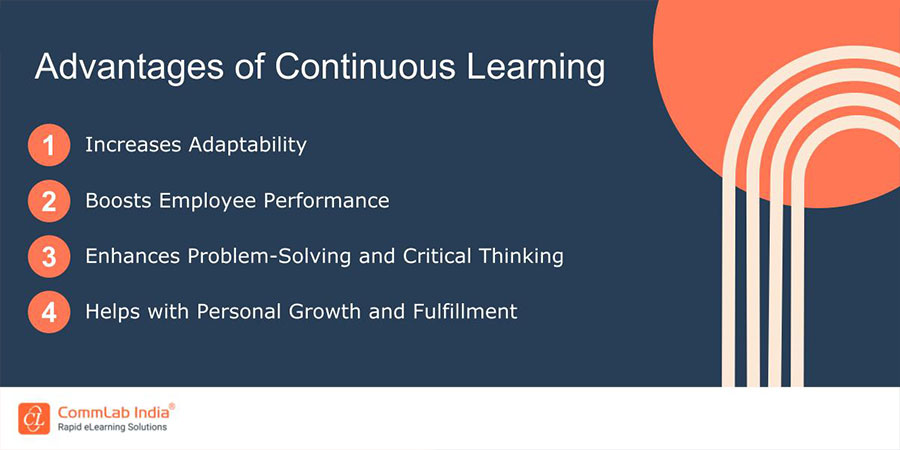10 Ways Gamification Techniques Can Enhance Corporate Training

In the dynamic landscape of corporate training, organizations are constantly seeking innovative ways to engage employees and boost learning outcomes. One effective strategy that has gained prominence in recent years is the application of gamification techniques. Gamification involves incorporating specific game-like elements into non-game contexts, such as corporate training programs. This blog explores 10 ways in which these targeted gamification techniques can significantly enhance corporate training, fostering a more engaging and effective learning environment.
Confused Whether Gamification Techniques Can Enhance Corporate Training or Not?
Here are a few things it helps with -
- Increasing engagement and motivation
- Implementing real-time feedback mechanisms
- Customizing learning paths
- Enhancing knowledge retention
- Creating a risk-free environment for skill development
What is Gamification?
Gamification is the process of incorporating game-like elements into non-game contexts. This includes things like points, badges, leaderboards, challenges, and rewards. By tapping into the natural human desire for competition, achievement, and recognition, gamification can transform the learning experience and make it more fun, interactive, and ultimately, more effective. If you are confused between gamification and game-based learning, here’s a quick comparison for you.

10 Ways Gamification Techniques Can Enhance Corporate Training
1. Increasing Engagement and Motivation through Strategic Gamification Techniques
Gamification techniques, when strategically applied to corporate training, can eventually tap into the innate human desire for competition and achievement. By incorporating specific elements such as points, badges, and leaderboards, corporate training programs become more engaging. Employees are motivated to actively participate, complete tasks, and achieve milestones to earn rewards. This targeted use of gamification techniques not only enhances the learning experience but also boosts overall motivation.
→ Download eBook Now: Online Learning Services - A Revolution in Corporate Training
2. Implementing Real-time Feedback Mechanisms for Continuous Improvement
Gamification techniques provide a platform for real-time feedback, enabling learners to understand their performance instantly. Through targeted gamification features, employees receive immediate insights into their strengths and areas for improvement. This dynamic feedback loop facilitates continuous learning and empowers individuals to make necessary adjustments to their approach. Here are a few advantages of continuous learning.

3. Customizing Learning Paths through Adaptive Gamification Techniques
Gamification techniques offer the advantage of creating customizable learning paths. By employing adaptive algorithms, these techniques adjust the difficulty level of challenges based on individual performance. This personalized approach ensures that employees progress at their own pace, fostering a tailored and effective learning experience.
4. Enhancing Knowledge Retention with Memorable Gamification Elements
Games are inherently designed to be memorable, and gamification techniques capitalize on this principle. Incorporating storytelling, scenarios, and interactive elements into training, preferably microlearning modules, makes the learning experience more memorable. Employees are more likely to retain and apply the information gained during training sessions, thanks to the targeted use of gamification techniques.
5. Fostering Team Collaboration and Communication through Gamification Techniques
Gamification techniques inherently promote collaboration, a feature often found in games that require players to work together towards common goals. By incorporating team-based challenges and activities into training, gamification techniques encourage effective communication, problem-solving, and collaboration among employees.
6. Creating a Risk-Free Environment for Skill Development with Simulation-Based Gamification Techniques
Gamification techniques, especially those involving simulations, provide a risk-free environment for employees to practice and develop new skills. These techniques allow learners to experiment with different strategies and approaches without the fear of real-world consequences. This targeted application accelerates skill acquisition and boosts employees' confidence in applying those skills on the job.
7. Instigating Healthy Competition through Gamification Techniques
Gamification techniques, when applied strategically, create a platform for healthy competition. Leaderboards and competitive challenges foster a friendly and motivating environment. Recognizing top performers with rewards and recognition further incentivizes employees to excel in their training efforts, promoting healthy competition within the organization.
8. Ensuring Mobile Accessibility for Flexible Learning with Gamification Techniques
Gamification techniques seamlessly align with the modern workforce's need for flexibility and mobility. Many platforms employing these techniques are accessible through mobile devices, enabling employees to engage in learning activities at their convenience. This flexibility is especially beneficial for remote or on-the-go employees. Watch this short video to understand the importance of mobile learning.
9. Leveraging Data-Driven Insights for Optimization of Gamified Training
Gamification techniques generate valuable data on user engagement, progress, and performance. Analyzing this data provides organizations with insights into the effectiveness of their training programs. By employing a data-driven approach with the help of learning analytics, companies can optimize content, identify areas for improvement, and continually enhance the overall training experience using targeted gamification techniques.
10. Aligning Gamification Techniques with Corporate Objectives and Values
Gamification techniques can be customized to align with specific corporate objectives and values. By integrating company culture, values, and strategic goals into the design of gamification techniques, organizations ensure that the training not only imparts knowledge but also reinforces the company's mission and vision effectively.
10 Ways to Gamify Your Corporate Training
- Points and Badges : Award points for completing tasks, answering questions correctly, or participating actively. Offer badges for achieving milestones or mastering specific skills.
- Leaderboards : Create leaderboards to encourage friendly competition and motivate learners to perform better. Remember to consider individual goals and progress alongside leaderboards to avoid discouragement.
- Challenges and Quests : Design engaging challenges and quests that align with learning objectives. Offer bonus points or badges for completing them within specific timeframes.
- Role-playing and Simulations : Immerse learners in realistic scenarios that allow them to apply their knowledge and skills in a safe and controlled environment.
- Storytelling : Weave a narrative into your training program, making it more engaging and relatable. Learners become invested in the story and motivated to progress.
- Scavenger Hunts : Design interactive scavenger hunts that require learners to apply their knowledge to find clues and solve problems, fostering teamwork and collaboration.
- Unboxing and Rewards : Introduce elements of surprise and reward by offering virtual or tangible rewards for completing tasks or achieving goals.
- Levels and Progression : Implement a level system where learners progress through different levels with increasing difficulty, reflecting their knowledge and skill development.
- Feedback and Recognition : Provide immediate feedback on performance, highlighting both strengths and areas for improvement. Offer public or private recognition for outstanding achievements.
- Social Learning and Collaboration : Encourage interaction and knowledge sharing through forums, discussions, and team-based challenges.
Wrapping Up!
In conclusion, gamification techniques revolutionize corporate training by enhancing engagement, providing real-time feedback, and customizing learning paths. They foster collaboration, create a risk-free space for skill development, and instigate healthy competition. Embracing gamification techniques transforms learning into a dynamic and goal-oriented experience, redefining how organizations nurture their workforce. To understand more about how you can enhance your corporate training programs, here’s a free eBook for you, download it now!




![8 Ways to Gamify Your Corporate Training [Infographic]](https://blog.commlabindia.com/hubfs/blogs/gamify-corporate-training-ways-infographic.jpg)
